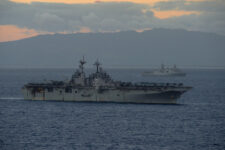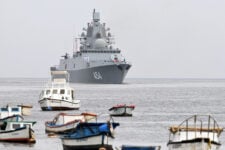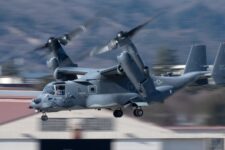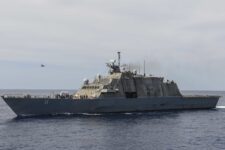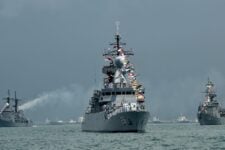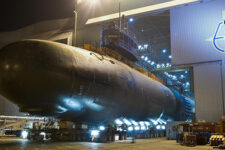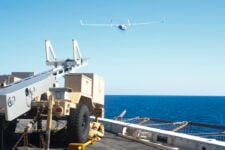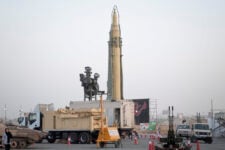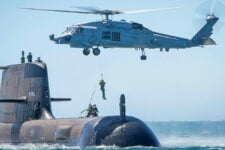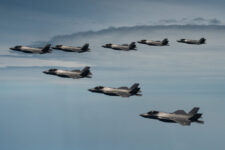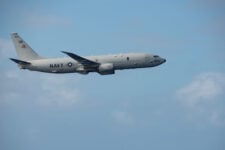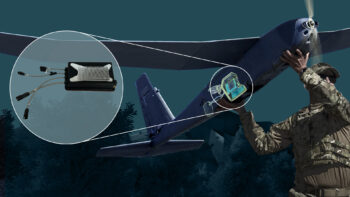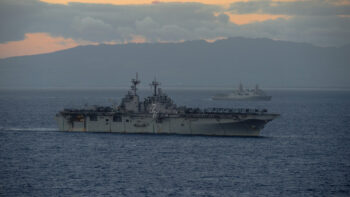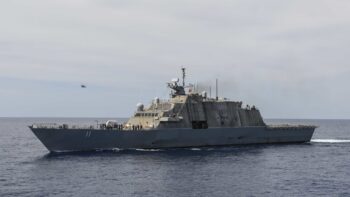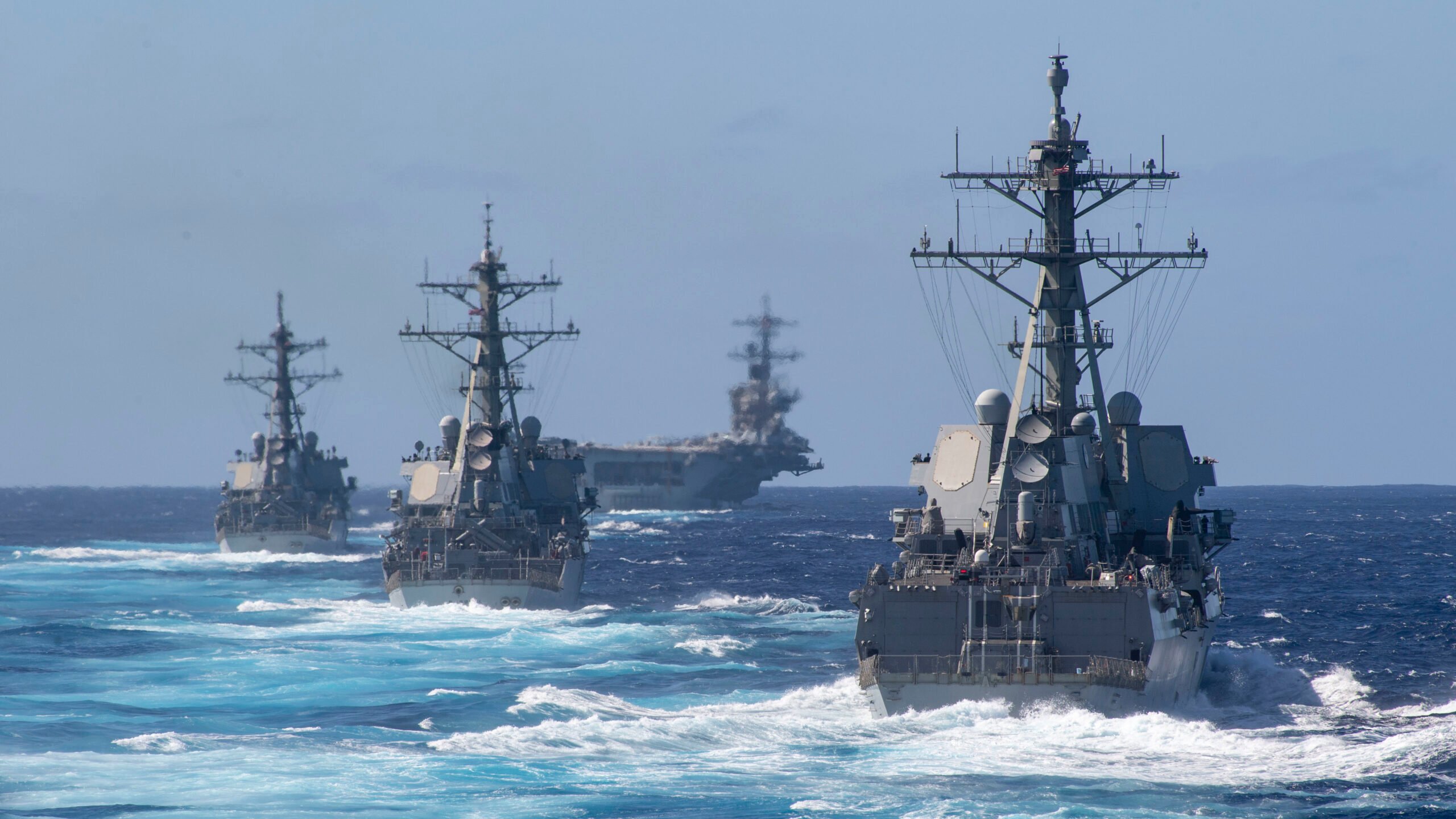
The Theodore Roosevelt Carrier Strike Group transits the Pacific Ocean Jan. 25, 2020. The Theodore Roosevelt Carrier Strike Group is on a scheduled deployment to the Indo-Pacific. (U.S. Navy photo by Mass Communication Specialist 2nd Class Jason Isaacs)
WEST 2024 — Chief of Naval Operations Adm. Lisa Franchetti today said “it’s not about numbers” when asked about China’s shipbuilding capacity relative to the United States, a preview of the service’s likely talking points later this year when the newly installed CNO faces tough budget questions on Capitol Hill.
“I look at our Navy as part of a broader warfighting ecosystem. It’s not about numbers. It’s about how you put it all together,” Franchetti told an audience during the opening keynote speech for West 2024 here in San Diego. “It’s platforms on, under and above the sea. It’s the networks that enable them. It’s cyber. It’s our work in space. It’s work with all the joint force.”
Franchetti’s remarks were in response to an audience question about China’s reported capacity for shipbuilding exceeding the United States more than 200 times over.
EXCLUSIVE: Inside the Foundry, the Navy’s program to modernize hardware across the surface fleet
The Navy’s shipbuilding capacity, and more pointedly, the number of ships in the fleet, has become a political football in recent years with Congress during the Trump administration setting 355 as a minimum number of ships that the Navy is required to maintain. The current fleet hovers between 295 and 305 vessels depending on the timing of retirements and commissionings during a given year.
On paper, Navy leadership are publicly supportive of a larger fleet, and Franchetti said that explicitly during her speech. “It’s clear that we do need a larger Navy,” she said. “Every study that has been done… our battle force structure assessment reports, they all show that we do need to have a larger Navy.”
But in practice, the annual budgets — both the Navy’s topline funding and lawmakers’ propensity to rely on continuing resolutions — have made it exceedingly unlikely the service will ever reach that 355-ship goal in near term. Those circumstances have led past CNOs, and now Franchetti, to say that an apples-to-apples comparison between the US and Chinese navies doesn’t accurately capture the technology advantages the American fleet possesses.
RELATED: Navy awards HII $913M contract for aircraft carrier Truman’s mid-life overhaul
Those arguments have landed with varying success among lawmakers, particularly those representing regions where shipbuilding significantly impacts the local economy and more ships equates to more jobs. Regardless, Franchetti’s remarks today likely mirror the ones she’ll have to make to lawmakers later this year when the White House sends Congress its next annual budget request.
“If you look at some of the things that all of our sister services are doing to get after this challenge of China, and you put all that pieces together, we are the dominant combat warfighting force,” she said.
